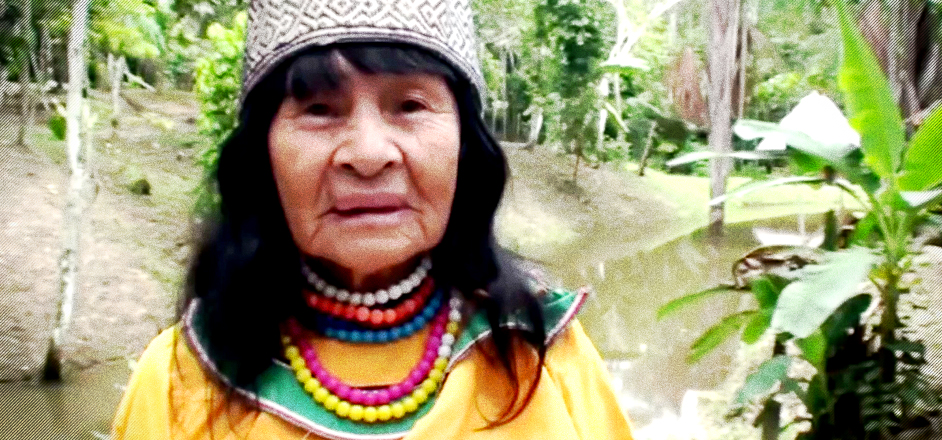After drinking the psychedelic drug ayahuasca, people often feel more peaceful.
But this week, in the land of its birth, ayahuasca is linked to two murders.
A respected 81-year-old ayahuasca shaman and civil rights leader named Olivia Arévalo was shot dead in her home in Ucayali, Peru.
Locals blamed a Canadian man named Paul Sebastian Woodroffe, who was in the area to study the drug. They put his face on wanted posters.

After finding him, they then beat and strangled Woodofre to death.
The mob filmed part of the lynching and posted it on Facebook. More than 500 people "liked" it.
Cops found Woodroffe buried in muck. Two people in that video are being held by police.
Ayahuasca is thousands of years old. It was created when Native Amazonians discovered that a certain bark mixed with a particular leaf created one of the world's most powerful hallucinogens. Drinking it is like having a nuclear-powered dream, or like dipping your head into Dumbledore's pensieve while it's hooked up to an electric power line.
Religious folks use it to talk to spirits, tell the future and cure diseases.
Westerners discovered it starting in the 1950s. And in the last 20 years, they've been pouring into the Amazon to study it and bring it back to the West. Science has shown it to cure depression and addiction. Semi-legal here, ayahuasca retreats operate in the open in Florida, Kentucky and Los Angeles.
Amazonians sometimes welcome the money western seekers bring. Often, though, they accuse westerners of stealing their culture and misunderstanding what ayahuasca is, acting like old Spanish conquerors — only instead of mining gold, they're taking wisdom and medicine.
Woodroffe was reportedly one of Arevalo's clients.

Police suspect Woodroffe killed her, although they don't have a motive. A friend of Woodroffe told the CBC that Woodroffe had become more distant and "troubled" after trying ayahuasca in Peru.
Though ayahuasca helps a lot of people, it destabilizes others. In 2015 in the Amazon, a Canadian man killed a Briton who was swinging a knife at him during a "bad trip."
Woodroffe, in his early 40s and the father of a little boy, reportedly wanted to become an addictions counselor; ayahuasca can break the desire for crack and booze. Woodroffe said on YouTube he hoped ayahuasca could cure his family's substance problems, and he raised money online for the trip.
No one saw Arevalo get shot, although her daughter heard the gun go off.
And before leaving for the Amazon, Woodroffe said he respected native traditions.
"The knowledge these people have harboured in their cultural memory is a far more valuable resource than all the trees, minerals, and oil in the whole Amazon," Woodroffe wrote. "I feel responsible trying to support this culture and retain some of their treasure."
Did his goodwill toward the Amazonian culture sour, leading him to shoot his teacher?
Or was he a scapegoat, a victim of the rising tensions between Amazonians and Westerners, killed for a crime he didn't commit?



Leave a Reply
You must be logged in to post a comment.